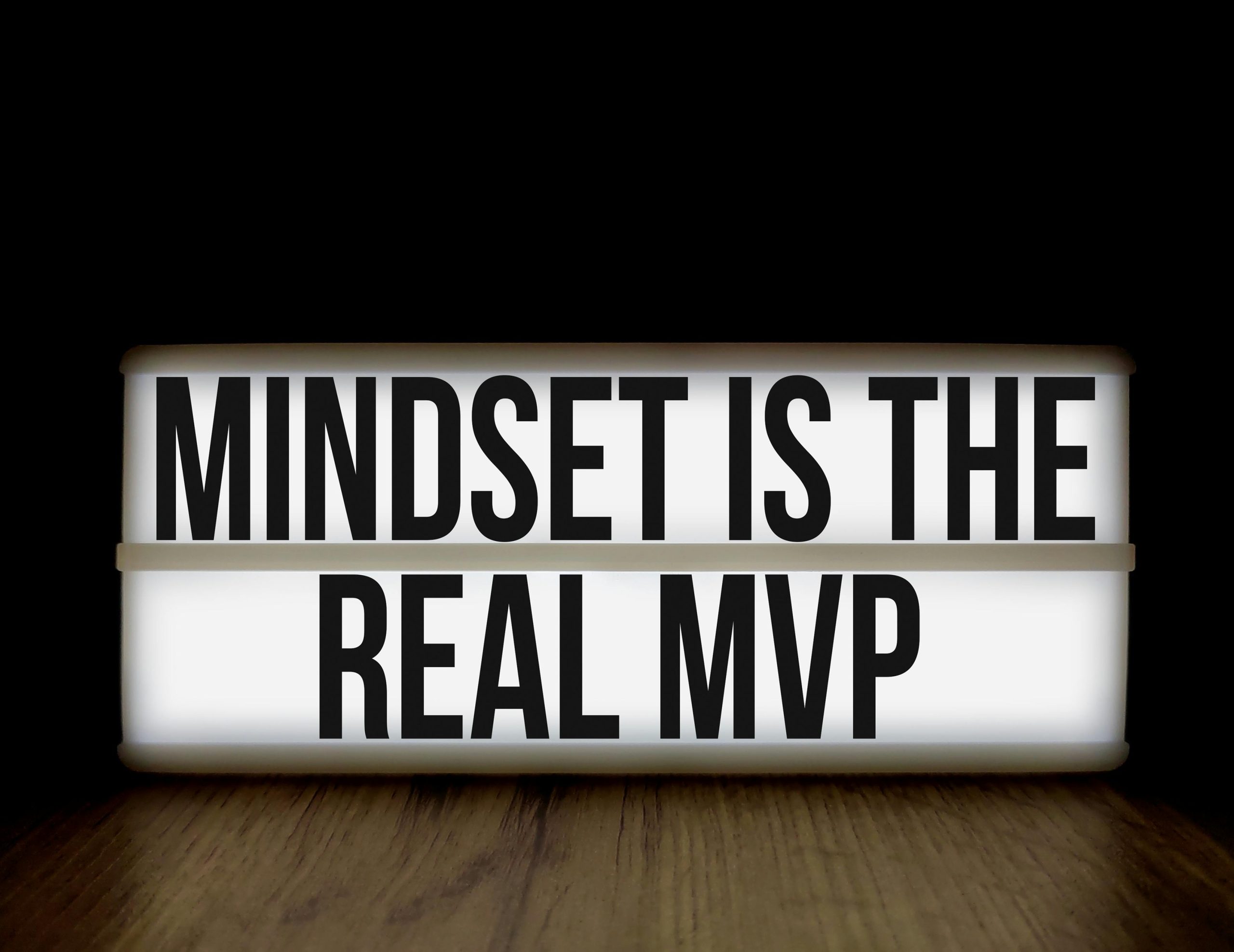In today’s fast-paced world, stress and distractions are constant companions. Whether it’s work deadlines, personal responsibilities, or the endless stream of notifications, it’s easy to feel overwhelmed. Mindfulness—the practice of staying present and fully engaging with the current moment—can help reduce stress and improve overall well-being. By incorporating simple mindfulness techniques into your daily routine, you can cultivate a calmer, more focused mind. Here’s how to get started.
What Is Mindfulness and Why Does It Matter?
Mindfulness is the act of paying attention to the present moment without judgment. It involves observing your thoughts, feelings, and surroundings with curiosity and acceptance. Research shows that mindfulness can lower stress, improve emotional regulation, and even enhance physical health by reducing blood pressure and boosting immunity.
When we’re mindful, we break free from the cycle of rumination—replaying past events or worrying about the future. Instead, we anchor ourselves in the now, which fosters clarity and resilience. The best part? You don’t need hours of meditation to reap the benefits. Small, consistent practices can make a big difference.
Simple Mindfulness Techniques to Try Today
You don’t need a meditation cushion or a silent retreat to practice mindfulness. Here are easy techniques to integrate into your daily life:
1. Focus on Your Breath
Breathing is a powerful anchor to the present moment. Try this:
- Pause for a few seconds and take a deep breath in through your nose.
- Exhale slowly through your mouth.
- Notice the sensation of air entering and leaving your body.
Repeat this for 3-5 breaths whenever you feel stressed. This simple exercise can instantly calm your nervous system.
2. Engage Your Senses
Ground yourself by tuning into your senses:
- Sight: Notice the colors and shapes around you.
- Sound: Listen to ambient noises without labeling them.
- Touch: Feel the texture of an object in your hand.
This practice helps shift your focus away from racing thoughts and into the present.
3. Practice Mindful Eating
Instead of rushing through meals, slow down and savor each bite:
- Observe the colors and smells of your food.
- Chew slowly, noticing flavors and textures.
- Put your fork down between bites.
This not only enhances enjoyment but also improves digestion and prevents overeating.
Overcoming Common Mindfulness Challenges
Many people struggle with consistency or feel frustrated when their mind wanders. Here’s how to overcome common obstacles:
1. “I Don’t Have Time”
Mindfulness doesn’t require hours of practice. Even 30 seconds of focused breathing counts. Try pairing mindfulness with daily activities, like brushing your teeth or waiting in line.
2. “My Mind Keeps Wandering”
It’s normal for thoughts to drift. Instead of judging yourself, gently bring your attention back to your breath or senses. Each redirection strengthens your mindfulness muscle.
3. “I Don’t See Immediate Results”
Mindfulness is a skill that develops over time. Be patient—small, consistent efforts lead to lasting change.
Making Mindfulness a Daily Habit
To truly benefit from mindfulness, make it a regular practice. Here’s how:
- Set reminders: Use phone alerts or sticky notes to prompt mindful moments.
- Start small: Begin with 1-2 minutes per day and gradually increase.
- Track progress: Journal about your experiences to stay motivated.
Over time, mindfulness becomes second nature, helping you navigate life with greater ease.
Conclusion
Mindfulness is a simple yet powerful tool for reducing stress and staying present. By focusing on your breath, engaging your senses, and incorporating small practices into your routine, you can cultivate a calmer, more centered mind. Remember, mindfulness isn’t about perfection—it’s about awareness. Start small, be patient, and watch how these techniques transform your daily life.



